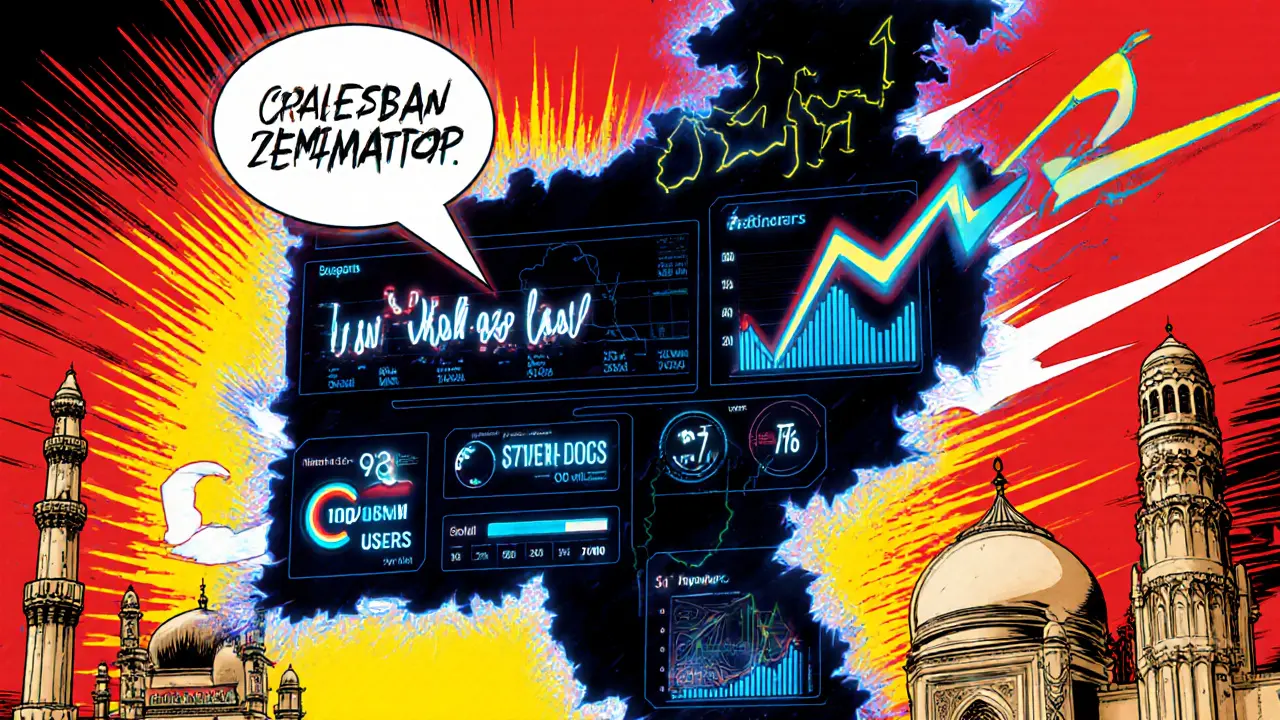Pakistan crypto market
When looking at Pakistan crypto market, the ecosystem of digital assets, exchanges, and regulatory frameworks operating within Pakistan's borders. Also known as Pakistani crypto ecosystem, it is shaping how investors, developers, and businesses interact with blockchain. The space is no longer a gray zone; recent legal shifts are turning it into a structured arena. That transformation brings new opportunities and fresh challenges for anyone wanting to trade, stake, or build on crypto in the country.
One of the biggest moves came with Pakistan Crypto Regulation 2025, the legal shift from a complete ban to a regulated market. This regulation demands that every crypto exchange obtain a license, implement KYC/AML procedures, and report large transactions to the State Bank of Pakistan. In practice, the rule requires licensing of exchanges, which pushes shady platforms out and boosts confidence for institutional players. The regulation also introduces tax guidelines, so traders now know how to report gains without fear of hidden penalties.
The backbone of the new framework is the Virtual Assets Bill (PVARA), a comprehensive act that defines virtual assets, sets licensing standards, and protects consumers. PVARA outlines three licensing tiers: custodial services, trading platforms, and token issuers. By distinguishing these categories, the bill drives consumer protection and clarifies the responsibilities of each market participant. It also creates a supervisory board that can sanction bad actors, a feature that many emerging markets lack.
Alongside regulation, the State Bank of Pakistan is testing the Digital Pakistani Rupee, a central bank digital currency (CBDC) designed to coexist with private crypto assets. The Digital Rupee aims to improve payment speed, lower transaction costs, and bring financial services to the unbanked. Its introduction influences market liquidity by offering a fiat‑backed digital alternative that can be used on crypto exchanges for instant settlement. Early pilots show that users appreciate the ease of converting crypto to a stable digital rupee without waiting for traditional banking windows.
Crypto exchanges themselves are now a focal point of the market. With licensing in place, platforms such as Binex, Bitstamp, and local newcomers are upgrading security, adding insurance funds, and providing clearer fee structures. These improvements make it easier for everyday Pakistanis to buy Bitcoin, Ethereum, or emerging tokens without navigating a maze of offshore sites. The exchange landscape also supports staking services, allowing users to earn passive income while staying compliant with the new rules.
Beyond trading, blockchain adoption is expanding into DeFi, supply‑chain tracking, and government services. Pakistani startups are launching DeFi protocols that let farmers access micro‑loans, while the Ministry of Finance is piloting a blockchain‑based land registry. These projects demonstrate that the Pakistan crypto market encompasses both regulation and real‑world use cases, creating a feedback loop where legal clarity spurs innovation, and innovative pilots inform future policy tweaks.
All these pieces—regulation, the Virtual Assets Bill, the Digital Rupee, and a growing exchange ecosystem—form a cohesive picture of where digital assets are headed in Pakistan. Below you’ll find deep dives into mining difficulty, airdrop opportunities, and regional crypto trends that build on this foundation. Whether you’re a trader, developer, or just curious about the local scene, the articles that follow will give you concrete insights and actionable steps to navigate the evolving Pakistan crypto market.

Crypto Users in Pakistan: Why 20‑27Million People Are Turning to Digital Money
Explore why Pakistan now has 20‑27 million crypto users, the economic forces behind the surge, regulatory hurdles, and what the future holds for digital money in the country.
December 2 2024